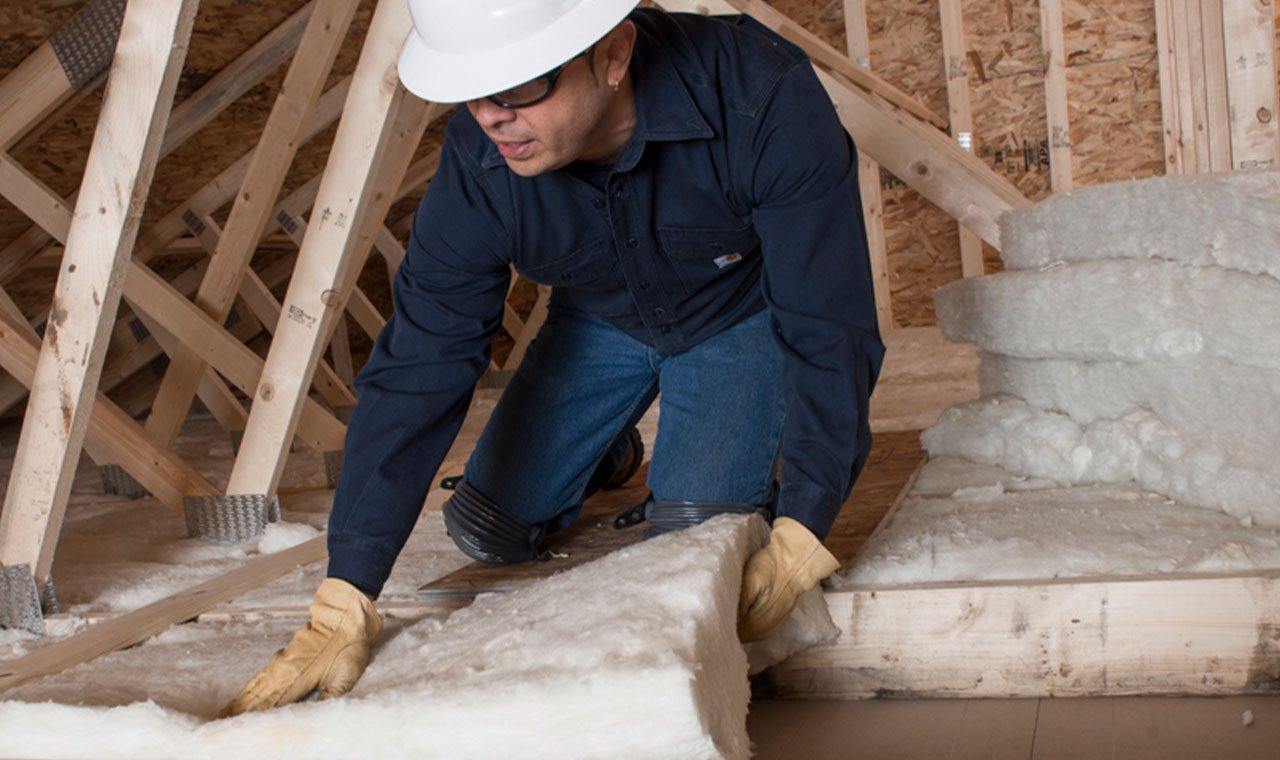Many homes throughout North America are under-insulated, leading to costly inefficiencies. In fact, some studies say as many as 9 out of every 10 homes are insufficiently insulated. This likely stems from the fact that model building energy codes and locally adopted codes change every 2-5 years, evolving to incorporate new technology, science, and data. These evolving codes, often result in older homes built to older code standards failing to meet current code requirements or governmental agency insulation recommendations.
As our code bodies put more and more emphasis on energy efficiency and requiring more robust insulation for new homes, older homes and buildings fall farther and farther behind in terms of compliance. One of the most common problem areas in older homes is the attic. Under insulated, or even un-insulated, attics can be extremely inefficient, but because attics are often “out-of-sight, out-of-mind”, these inefficiencies are sometimes disregarded.
As a homeowner or home insulator, it can be important to know when an attic doesn’t meet current building codes or agency recommendations for insulation. Below are 5 steps you can take to ensure an attic is properly insulated.
1. Check Your Levels: The easiest way to determine if an attic lacks adequate insulation is to simply check your insulation levels. This article from Energy Star outlines exactly how to check the insulation levels in an attic. Be sure to compare insulation level to the model code and agency recommendations for your city and climate zone (shown in the map in the Energy Star article after Method 2).
2. Know the Warning Signs: There are several warning signs that typically signal a poorly insulated attic. One warning sign is ice dams forming on the roof in winter. As the warm air escapes through the attic, it causes some of the snow to melt. This melt then refreezes, creating large sheets of ice on the roof. Beyond ice dams, high energy bills and unexpectedly chilly rooms are also warning signs that the amount of attic insulation is insufficient for the climate.
3. Seal Your Attic: One of the most common ways to help improve your attic efficiency is to ensure your attic is fully air-sealed from the rest of the house. This prevents air from entering or exiting the attic through gaps and cracks in the ceiling, and, in turn, usually keeps the temperatures in the house more consistent. When sealing an attic, it’s important to remember that the attic vents (that vent to the outside) should not be sealed off, as these vents manage the moisture in an attic.
4. Select the Right Insulation for the Application: Each insulation has unique strengths that it can bring to an application. Spray foam is excellent for sealing and insulating attics, and it offers an exceptional R-value per inch. Fiberglass batts are easy to install and help offer acoustical control. Blowing wool is frequently used in attics because it is able to fill uniquely shaped cavities without any fabrication. Understanding the varying features of different kinds of insulation can help ensure you select the right material for the application.
5. Remember Codes Evolve: It’s important to keep in mind that building codes evolve on a regular basis. These codes are in place to help ensure buildings operate efficiently, safely, and effectively for building occupants; therefore, when new research enters the market or new technologies that improve efficiencies are developed, building codes must evolve to incorporate them. In older homes, it is worthwhile consulting with a contractor to ensure the entire structure, including the attic, is appropriately insulated.
Increasing the insulation in and air-sealing your attic are great ways to not only improve the comfort in your home and reduce your energy bills, but also to “future-proof” against new code updates and agency recommendations. Consult your insulation contractor on the most cost-effective way to get the most benefit from your attic air-seal and insulation upgrade. For more information about ensuring energy efficiency in an attic, click here, or visit the EPA’s Energy Star’s Rule Your Attic page.

